You’re cruising down the road when suddenly — bam — every dashboard light in your Ford Falcon flares up like a Christmas tree. Panic? Don’t. Let’s break it down.
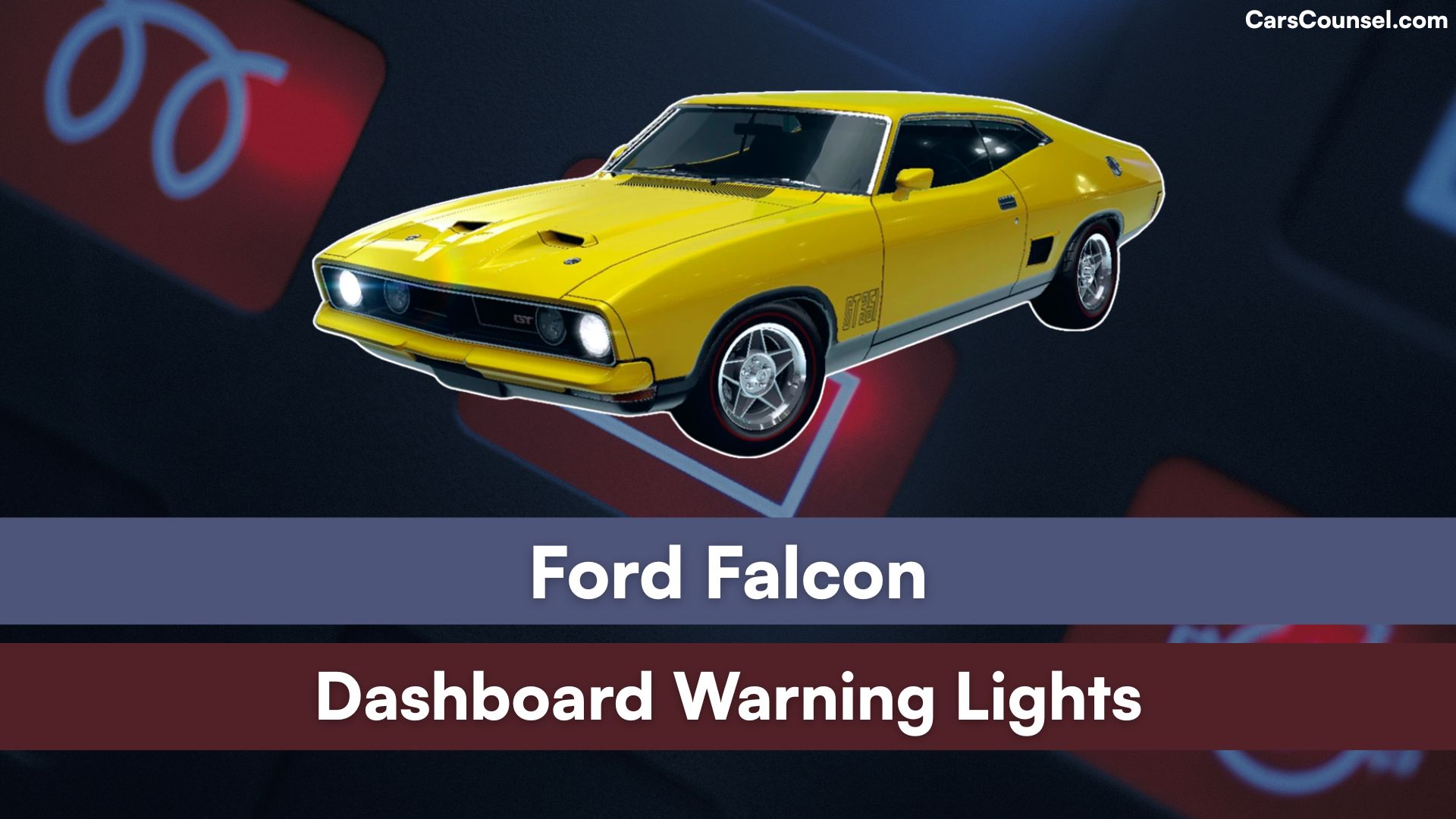
These lights aren’t just decorative. They’re your car’s way of telling you something is wrong — or about to be.
Quick Navigation
Critical Vehicle System Warnings
These are the lights you never ignore.
Airbag Warning Light

- Stays on or doesn’t appear at ignition
- What it means: A fault in the airbags or seatbelt pretensioners
- Action: Get it checked immediately. Your airbag might not deploy in a crash.
Dynamic Stability Control (DSC) Light
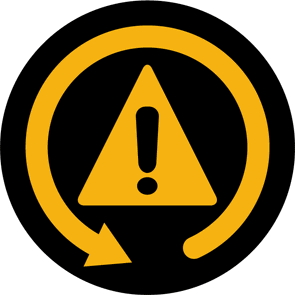
- Flashes or stays on
- What it means: A problem with your traction control system — may affect cornering or stability
- Action: Drive cautiously. Avoid high-speed turns until resolved.
ABS and Brake System Lights
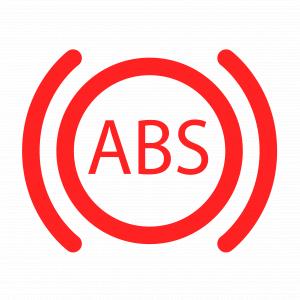
- ABS Light: Anti-lock braking fault
- Brake Light (Red): Low brake fluid
- Action: Check fluid. If levels are fine, get to a mechanic — fast.
Smartshield Warning Light
- What it means: Issue with the car’s immobilizer system
- Action: Car may not start. Call for assistance if it persists.
Lighting and Visibility Alerts
Poor visibility = poor safety.
Fog Light Failure
- What it means: Fog lights not functioning
- Action: Inspect bulbs and wiring.
Headlight/Light Faults
- Indicates: Headlight system issues or a general lighting fault
- Action: Replace faulty bulbs, check fuses.
Performance & Maintenance Warnings
These alerts help you avoid major mechanical failures.
Low Fuel Light
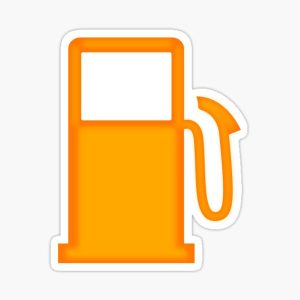
- Activates at ~80 km (50 miles) left
- Action: Fill up soon. Don’t risk running dry.
Transmission Fault / Overheating
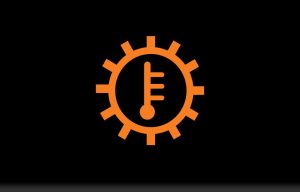
- What it means: Transmission failure or overheating.
- Action: Stop, cool down, and get it checked before driving further.
Battery Warning Light
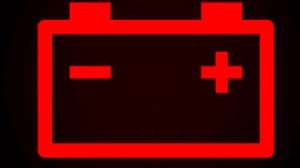
- Stays on while driving
- What it means: Charging system fault — battery or alternator.
- Action: Limit electronics. Check belts and connections.
Electrical and Miscellaneous Warnings
System Comms Fault
- What it means: Electrical surge or faulty accessory
- Action: Disconnect recent aftermarket installs or seek diagnostic help.
How to Decode Your Ford Falcon Dashboard
Understanding these lights keeps your Falcon healthy and your wallet happy.
Categories of Symbols
- Safety & Systems: Airbag, ABS, DSC
- Lighting: Fog, headlights, light fault
- Performance: Fuel, transmission
- Electrical: Battery, system comms
- Misc: Smartshield, cruise control, overspeed
Common Icons to Know
- Triangle with exclamation: General fault
- Engine icon: Possible engine trouble (commonly misdiagnosed!)
- Brake light: Either the fluid is low or the pads are worn — both are serious
Troubleshooting Steps
Step 1: Identify All Lights
- Note which lights appear — sometimes one fault triggers several.
Step 2: Check Fluids & Battery
- Low voltage can cause a cascade of warning lights.
Step 3: Consult the Owner’s Manual
- Not all lights are equal. The manual can clarify ambiguous ones.
Step 4: Scan for Fault Codes
- Use an OBD-II scanner or ask your mechanic to do a diagnostic readout.
Diagnosing and Repairing Faults
Accurate Diagnosis Requires:
- Owner’s Manual: For light descriptions
- Diagnostic Tool: For fault codes
- Repair Manual: To follow the correct fix process
Don’t Guess — Investigate
- Misreading a light leads to wasted time and more damage.
Preventing Dashboard Warnings
Regular Maintenance
- Top off fluids, inspect brake pads, check lights weekly
Software Updates
- Keep your vehicle’s software current to avoid ghost alerts
Proactive Repairs
- Fix small issues fast before they grow big warning lights
Warning Light Mistakes to Avoid
- Ignoring the Check Engine Light
Often blamed on a loose gas cap but can mean a serious misfire - Overlooking the Brake Warning
Could signal a fluid leak — and that’s a brake failure waiting to happen - Assuming It’ll Go Away
Warning lights rarely “self-resolve.” Treat them like symptoms, not annoyances.
Final Word
The Ford Falcon’s dashboard isn’t just for aesthetics — it’s your early warning radar. Learn the signals. Act on them. And you’ll save yourself time, money, and danger down the road.
Let your dashboard talk. Just make sure you’re listening.
When looking at Ford, make sure to check out our guides on models like the Ford F150, Ford Escape, Ford Figo, and Ford Galaxy. Understanding dashboard warning lights is essential. Our expert reviews break down what each light means, highlighting common alerts for these models and what they could signal about underlying issues, so you’re never left guessing behind the wheel.

